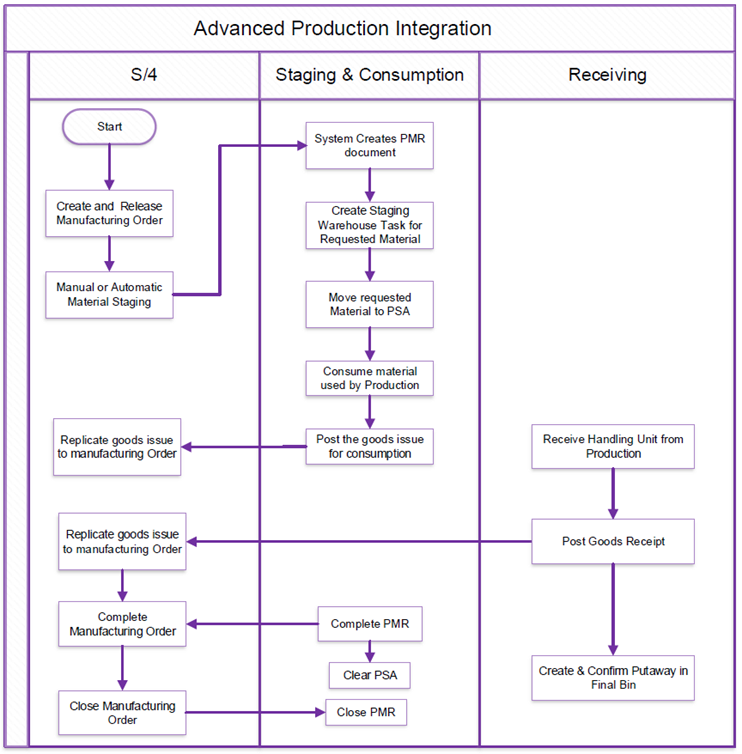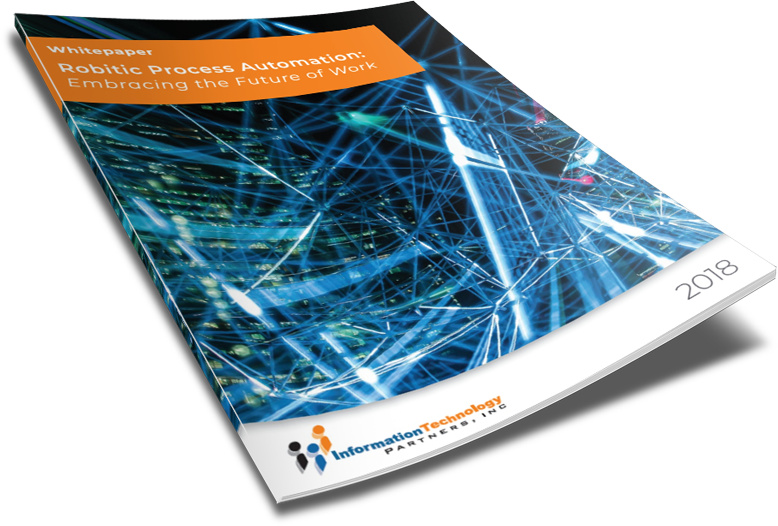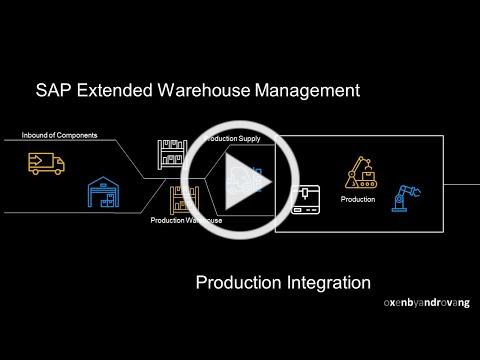TAKE NOTE (Insights and Emerging Technology)

As the U.S. Department of Defense continues to face litigation that’s holding up the massive JEDI cloud computing project, options for the DoD include amending the award to incorporate multiple cloud vendors, an expert on government procurement law explained.
The Department of Defense selected Microsoft for the $10 billion Joint Enterprise Defense Infrastructure contract in October of 2019. But since then, public cloud front-runner Amazon Web Services has repeatedly contested the outcome in the courts.
Last month, a DoD spokesman lamented the possibility of “an even longer litigation process” if a judge does not dismiss that latest AWS allegations – and said that the department would have to “reassess the strategy” if the case is not dismissed.
Starting over with the same solicitation for JEDI wouldn’t make sense for the DoD at this stage, said Steven Schooner, professor of government procurement law at the George Washington University Law School and formerly an associate administrator in the Office of Federal Procurement Policy.
However, “one option is for DoD to ‘amend the solicitation’ and, in effect, take a half-step back and seek revised proposals from AWS and Microsoft,” Schooner said. The end result could be a multi-cloud solution for the JEDI project.
Interested in learning more about RPA? Download our FREE White Paper on “Embracing the Future of Work”
UNDER DEVELOPMENT (Insights for Developers)
Understanding EWM Advanced Production Integration

Intro
Back this month is Shailesh Mishra with another great Extended Warehouse Management (EWM) blog on Advanced Production Integration.
What is a Advanced Production Integration in EWM
Advanced production integration allows the integration of supply of products to production and the receipt of products from production into warehouse in Extended Warehouse Management (EWM). It is integrated with the manufacturing order processing in SAP S/4HANA, but it allows to stage and consume the materials and receive the semi-finished products or finished products in EWM. This means it can process the warehouse execution for manufacturing orders that have been sent to EWM from SAP S/4HANA even if SAP S/4HANA is not available.
Some of the advantages of using Advanced Production Integration are listed below:
- Advanced production integration allows to plan the staging of products for production over a period, allowing to use the space on production supply area (PSA) more flexibly.
- Allows to receive packed products as soon as they arrive from the production line using radio frequency.
- This allows to synchronize the material flows between the warehouse and production promptly, which improves inventory visibility in EWM and in SAP S/4HANA.
EWM Process
The following graphic shows the overall process of supply to production and receipt from production. It is followed by an explanation:

Production Material Request
The production material request is a document containing all the Extended Warehouse Management-relevant data for a manufacturing order (a production order or process order). Production material request (Technical Replica of Manufacturing Order) is used for planning and monitoring the supply of products to production, and for the consumption of products by production, using advanced production integration.
The system creates a production material request when SAP S4 sends a message containing the required information from production. SAP S4 sends this message when the manufacturing order is released, and WM material staging is triggered, either automatically or in the Production Order Change transaction, either by choosing Function WM Material–> Staging Execute, or by clicking the WM Material Staging button.
If the manufacturing order is changed in SAP S4, the system updates the production material request in EWM for changes that are relevant for EWM, such as a changed quantity for staging.
– Dig Deeper –
EWM Advanced production Integration
Q&A (Post your questions and get the answers you need)

Q. I am confused. We have SAP PI for on-premise solution. We are looking to move to AWS, can we still use PI? What is PO? and what about HCI and CPI?
A. Wow! That’s a lot of ground to cover. I will do my best in a few words as possible, as this could be quite lengthy and this section is supposed to be short and sweet.
PI and PO.
We have moved both ARMY and NAVY’s SAP solution to an AWS cloud Suite on HANA platform. We have also moved PI to the same AWS solution. So the answer to your first question is yes.
Please remember the the cloud is just somebody’s else’s computer… so this was the current on-prem solution with a technical data migration from Oracle to HANA. All of the wonderful customization from the last decade was kept in tact and plopped on top of the HANA Appliance.
When we look at PO, well that’s PI with SAP’s BPM solution included. SAP PO can also work with SAP in the cloud and the Hana Cloud Platform.
HCI and CPI
First off — we are now officially in the cloud. That is what the “C” in each acronym stands for.
SAP HANA Cloud Integration(HCI) comprises design-time and runtime environments for integration spanning on-premises SAP landscapes and SAP in the cloud, as well as other types of software. It’s built with open source technologies. The design-time environment is based on the Eclipse Integrated Development Environment (IDE). It enables an integration developer to construct integration flows by configuring, defining and monitoring their creations.
The HCI runtime, hosted on SAP HANA Cloud, makes integration possible using most of the common integration/messaging protocols. It handles message processing, transformation and routing for SSH File Transfer Protocol (SFTP) and the SAP “Intermediate Document” IDOC format, which is used in Electronic Data Interchange (EDI).
Other protocols include the Simple Object Access Protocol (SOAP), which forms the basis of many modern application integration projects and Service-Oriented Architectures (SOA). HCI runtime also works with HTTP, SuccessFactors, which is used in HR and Open Data Protocol (OData). OData is used with RESTful APIs, which have become the de facto standard in modern application integrations (Think SAP Gateway).
SAP tends to throw a lot of acronyms our way, and this is definitely the case with cloud integration. In addition to HCI, we also have what’s known as SAP Cloud Platform Integration, or CPI. CPI lets you connect cloud-based applications with other applications, both SAP and non-SAP. It spans cloud and on-premises apps. It connects processes, data, or both, in app-to-app (A2A) and business-to-business use cases.
CPI has functionality that lets you build extensions of preset SAP integrations to meet your custom requirements. You can take advantage of CPI’s adapter Software Development Kit (SDK) to create custom adapters for more extensive connectivity use cases. CPI allows for customized access to SAP Cloud through its public APIs for OData. From a business process perspective, CPI gives you the option of orchestrating process and integrating data in real time or on an asynchronous basis.
And lets not forget HANA Smart Data Integration, or SDI. HANA SDI is the data integration part of the broader HCI picture. It’s optional, but it helps you if you need services like data replication, ETL and virtual data. It comprises other SAP data provisioning tools like SAP Landscape Transformation (SLT), SAP Data Services, SAP Replication Server and Data Provisioning Agent.
Can you see why you are confused?



